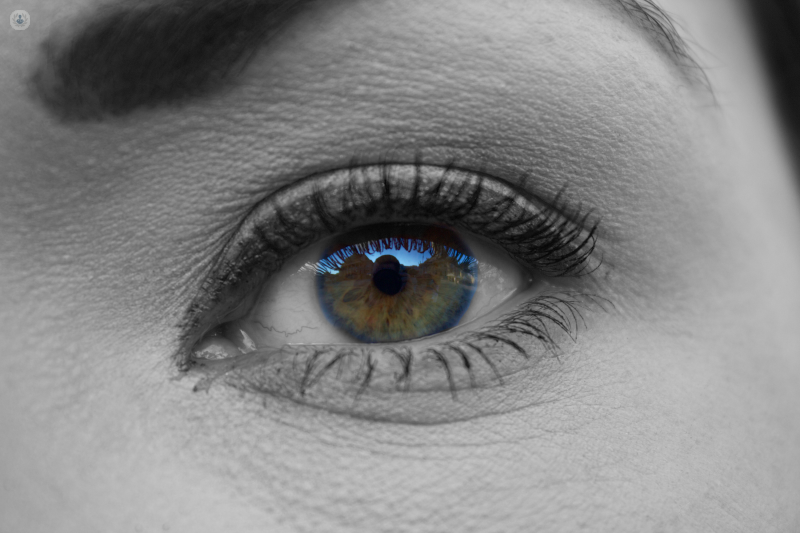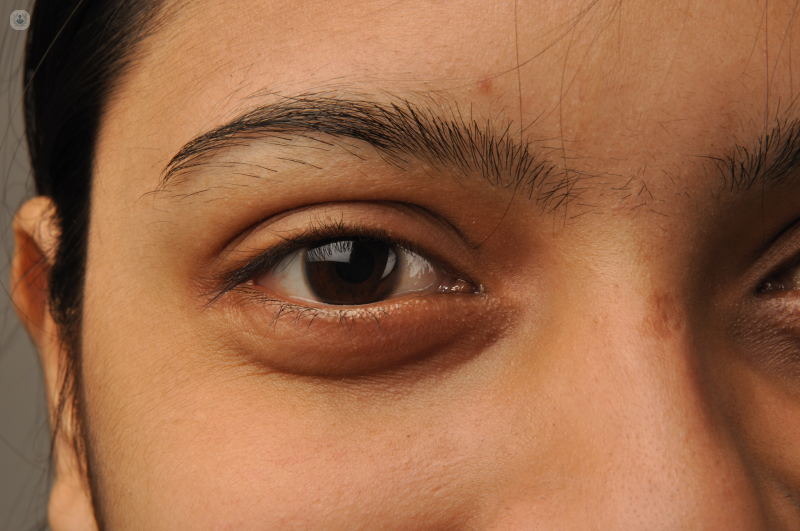Age-related macular degeneration – dry AMD vs wet AMD
Autore:Age-related macular degeneration is the UK’s leading cause of vision loss, affecting around 600,000 people across the country. Did you know there are two types of AMD? Top ophthalmologist Mr Praveen Patel explains the difference:
Dry AMD
The most common type of age-related macular degeneration. In people over 50 years old, it is common for waste material called “drusen” to accumulate beneath the retina. Build-up of drusen is associated with subtle problems with vision such as poor vision at dawn and dusk when lighting is poor. As dry AMD worsens, vision deteriorates over months or years.
There is a severe or advanced form of dry AMD called “geographic atrophy” where light-detecting (photoreceptor) cells and the supporting layer of cells below the retina die away, leading to blind spots or gaps in vision. This makes it difficult to read or recognise faces.
New treatments for dry AMD are currently being assessed in research trials. These new treatments work in different ways, for example, by reducing inflammation in the retina or by reducing the build-up of waste material under the retina. Using different approaches, we hope to slow down or stop dry AMD worsening to sight-threatening forms.

Wet AMD
This is less common, but can lead to more sudden loss of vision. Wet AMD, or neovascular AMD has a more rapid onset than its dry counterpart. The photoreceptor cells in the macula are damaged by abnormal blood vessels which typically grow from underneath the macula into the photoreceptor layer. Vision can deteriorate within days.
Thankfully, we now have effective treatments for wet AMD, which are given as eye injections. There are different types of eye injection and these need to be given as a course of treatment as one injection is rarely enough to treat the condition. Moreover, stopping the injections too early can lead to new leakage from the abnormal blood vessels in wet AMD.
The key to successful treatment relies on the early detection of wet AMD and this can be difficult without retinal scans or other retinal imaging tests. Early symptoms include distorted or wavy vision where straight lines start to appear curved or distorted and faces or images can look squashed or stretched. Different types of retinal disease can cause this type of symptom but it is important to see an ophthalmologist specialising in the treatment of retinal disease within a few days of the start of symptoms of distorted vision to get to the bottom of the cause of the change in vision.



